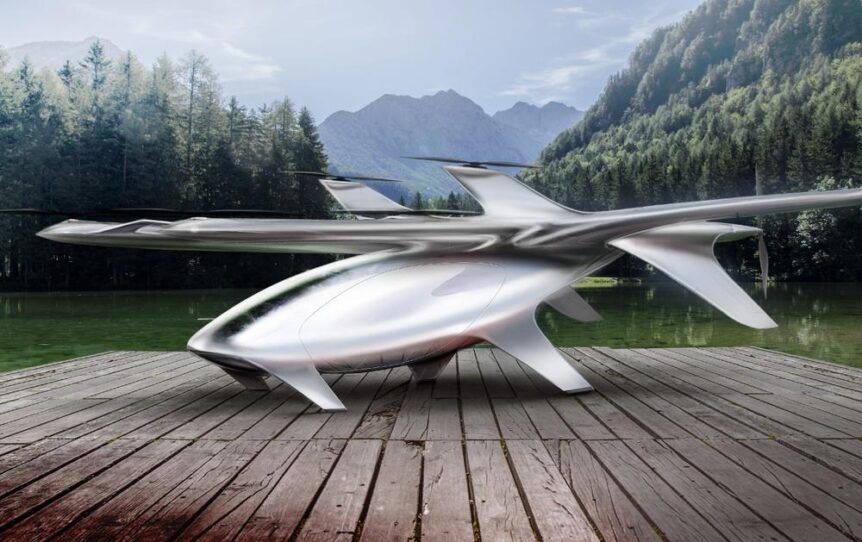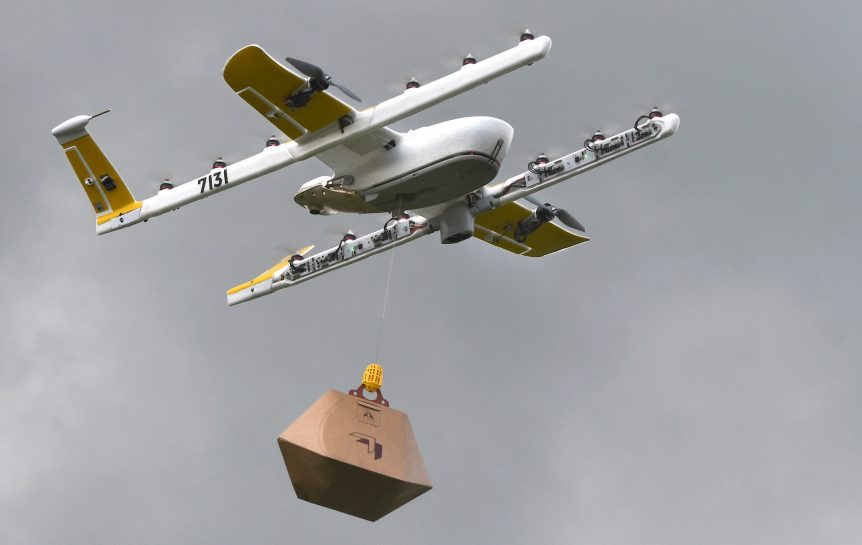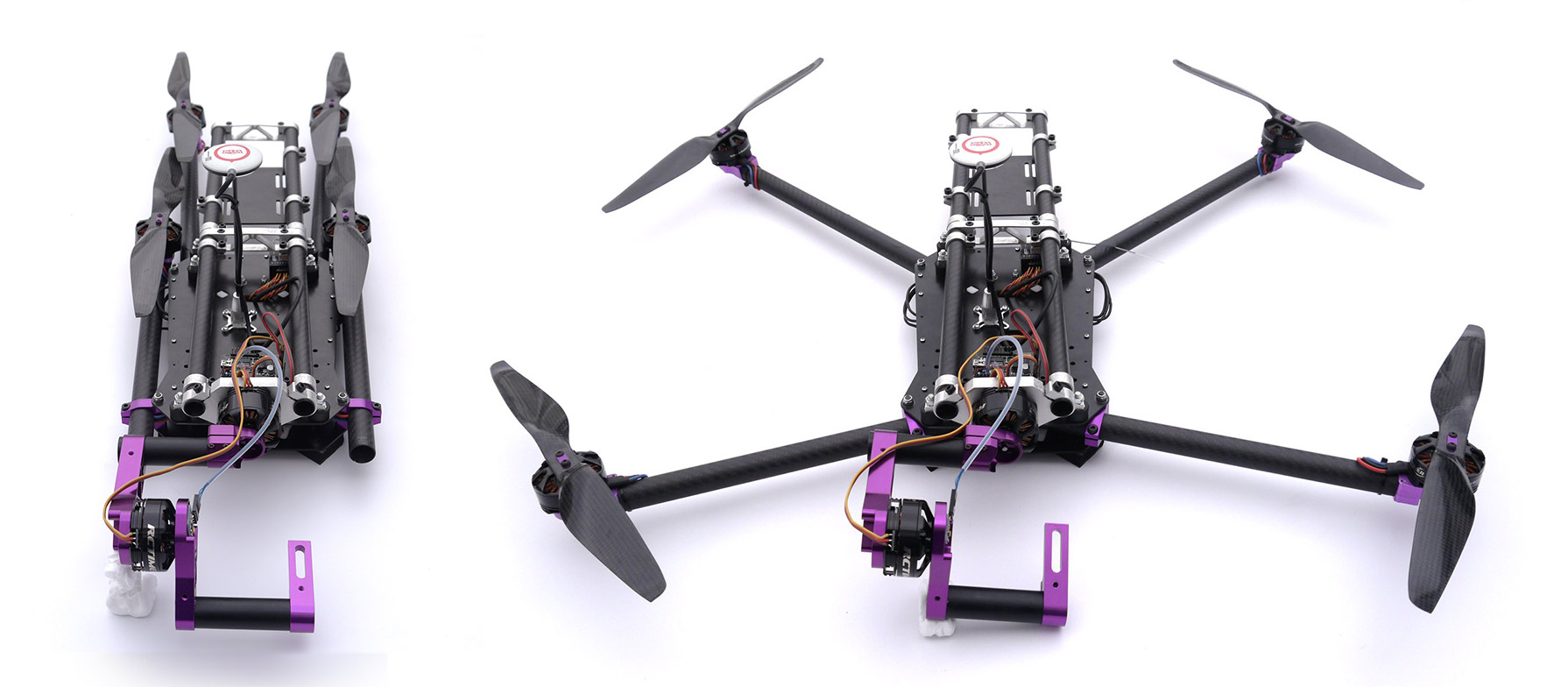Autoflight, the latest outlet for Tian Yu’s creativity, has demonstrated a successful transition from vertical lift to forward flight. Yu, the founder and CEO of Yuneec, fielded a wide range of drones, motors, and eventually an ultralight electric aircraft under the Greenwings name. Yuneec Goes to Oshkosh He managed to obtain FAA approval for flights of his Yuneec e430, an electric two-seat lightplane, at Oshkosh in 2009. At that time, Ed Warnock, CEO of the Perlan Project, called your editor to allow him to hear Yuneec powerplants humming audibly in their display area on Wittman Field. Eric Lindbergh tested the Yuneec e-Spyder, a derivation of Tom Pehigny’s design. A pair of e-Spyders showed up at AirVenture in 2013, becoming the first electric airplanes to fly in formation at that event. They were joined by Mark Beierle’s eGull in the ultralight area, an electric threesome that showed great promise. Yuneec faded from the American scene for a while, seeming to concentrate …
To the Contrary, Propeller-Wise
Sacramento, California based CR Flight is dedicated to building highly-efficient motor/propeller combinations based on contra-rotation – propellers turning contrary to one another. Not to be confused with counter-rotation – two propellers driven by two different engines and turning in opposite directions – contra-rotating propellers are driven in tandem by the same engine. In the case of CR Flight, they are driven by the same electric motor. Their web site shows a simple animation of the result. An instructive video provides details about the benefits and drawbacks of the concept. The firm’s mission statement gives a hint of its character. “CR Flight™ partners with established industry leaders to design, patent, license, manufacture and provide the industry’s only patented counter-rotating motors to UAV/drone commercial and consumer manufacturers and wholesale distributors. When you see the CR Flight™ name, know that the CR motor™ is manufactured under tight scrutiny for the highest quality.” Their web site shows their three current offerings, the V-10, …
Zipline Drones Use Modularity, Simplicity to Deliver Healthcare
Fortune magazine headlined its article about Zipline drones with this teaser: “The Trick to Achieving Universal Health Care? Drones.” The article quotes Zipline International CEO Keller Rinaudo concerning the logistics of today’s health care systems, which “really only serve the ‘golden billion’ people on the planet.” Fortune adds, “Millions more die from lack of care.” Rinaudo spoke to Fortune’s Brainstorm Health Conference in San Diego, and explained how his Silicon Valley technology delivers 60-percent of Rwanda’s national blood supply – by drone. About half of the blood goes to mothers suffering from postpartum hemorrhaging. With excellent results in Rwanda, Zipline will set up four distribution centers in Ghana, starting on April 24. These centers will serve about 20 million people. Fortune explains, “For Rinaudo, drones are a way for a nation to access universal health care almost overnight. Call it a golden idea.” Time is Worth More than Money in the Medical World Evan Ackerman and Michael Koziol report in the IEEE …
N Is For Noise, D is for Deliveries*
A July, 2017 article in New Scientist reported that a small test group found “the noise of drones more annoying than that of ground vehicles.” This has implications for enterprises such as Amazon and Google that hope to perform home deliveries of various goods, including food. Almost as a refrain, the Wall Street Journal reported in December, 2018 that, “Wing – the drone delivery company that spun out from Google — was annoying residents in the Australian town where it tests its services.” Folks in Bonython, the down-under township where the company had set up shop, “Likened the sounds of the original delivery drones to a “chain saw gone ballistic.” This caused some to spend less time outdoors, and dogs evidenced signs of “a considerable amount of anxiety.” The Business Insider added that a Wing spokesperson “confirmed… that it has begun testing a quieter drone that ‘blends in’ with nearby sounds.” The unidentified spokesperson explained, “We’ve developed and are testing a new …
MIT’s Ionic Flyer – Solid State All the Way
This week, a kerfuffle tsunami has swept through the aeronautical press, with the announcement by Steven Barret of the Massachusetts Institute of Technology (MIT) that he has flown an ion-powered airplane that “doesn’t depend on fossil fuels or batteries.”* (A minor point – the airplane does have a battery that gets its output voltage ramped up by a custom power supply.) Five years ago, your editor reported on ionic thrusters, several of which were being tested by Barrett, associate professor of aeronautics and astronautics. These little devices have great promise for moving vehicles in space, where the vacuum presents no aerodynamic drag to overcome. Even a small nudge from a thruster in space will cause a vehicle to accelerate. They work fine for low-speed propulsion of small balloons here on earth, or for lightweight lifters as part of science demonstrations, but have been neglected for heavier-than-air craft until now. Comparing the development level of his ionic airplane to that of …
CES 2018 – Intel Inside and Then Some
Brian Krzanich, Intel’s CEO, took a ride in the Volocopter 2X, becoming the first human passenger on an autonomous flight of the vehicle. The ride took place in a large enclosed space somewhere in Munich, Germany, on December 3, 2017. An Historical Sidebar It looks a little like Hanna Reitsch’s helicopter flight under the roof of the Deutschlandhalle in Berlin in 1938, a feat she repeated daily during the three-week International Automobile Exhibition. She later test flew an early V-1 “Buzz Bomb,” her small size adaptable to the craft. Volocopter’s 2X requires far fewer flying skills, CEO Florian Reuter claiming a five-year-old can control the 2X. Not a Flying Car Sean O’Kane, enthusiastically reporting on the 2X for The Verge, can’t refrain from calling it a “flying car,” an all-too-common error in the popular press. Monday’s indoor flight came near the conclusion of Brian Krzanich’s keynote address to a packed house at Las Vegas’ Monte Carlo Park Theater, a 5,200-seat …
Airbus and Local Motors Team up For Cargo Drone Competition
Richard Glassock, a long-time contributor to the blog and now a Research Fellow in Hybrid Propulsion Systems for Aircraft at the Institute for Aerospace Technology, the University of Nottingham, England, shared this news about an Airbus-sponsored contest for cargo drone designs. Local Motors, well known for its 3D-printed automobiles, and Airbus Group, well known for its range of commercial and military aircraft, just completed a design contest that drew 425 entries. Rewards were significant for the top three places in the competition, with a main award First Place prize of $50,000, a trip to the Farnborough Airshow in England, and a “1-of-a-kind Cargo Drone Flight Jacket with personalized patch.” Second place earned the winner $20,000 and third place $10,000, with garnering each a trip to the Farnborough Airshow. Airbus executives judged the entries and decided winners. Design criteria included required capabilities and characteristics: Vertical takeoff and landing (VTOL) and efficient forward flight. Hybrid design between multi-rotor and fixed-wing aircraft. Two …
Why It Might Be a Good Idea to Register Drones
At some point in the not-too-distant future, all those Christmas-gift quadrotors and Star Wars replica drones will be joined by medium-size burger bombers and two-hour-guaranteed delivery aerial vehicles for fast food restaurants and on-line retailers sending their wares to a landing zone near your front door, or perhaps the roof of your apartment. This probably isn’t what Alfred Lord Tennyson had in mind when he wrote: ” For I dipt into the future, far as human eye could see, Saw the Vision of the world, and all the wonder that would be; “Saw the heavens fill with commerce, argosies of magic sails, Pilots of the purple twilight dropping down with costly bales;” (From Locksley Hall, 1835) There are already rules governing drone flight, but no tests for competence of pilots, who will be often untrained, unaware, or uncaring. For larger drones and commercial flights, we can probably expect stringent rules, but for the growing number of amateurs unaware of the …
Hybrid Quadrotor Can Stay Aloft 2.5 Hours
Richard Glassock did his graduate work on small hybrid gas-electric systems, and keeps your editor current on that part of the aeronautical power spectrum. He recently shared one promising example of such technology in the drone market. Where current quadrotors are limited in size, power, and flight duration, the Quaternium Hybrix 20 is larger, heavier, and can fly for up to 2.5 hours, according to its makers. The, according to its Spanish maker Quaternium is six times the endurance of current camera-bearing drones. The 20 weighs 11.3 kilograms (25 pounds) empty and can carry a 7 kilogram (15.4 pounds) payload. It approaches the current limit on the Small Unmanned Aerial System (SUAS) of 25 kilograms (55 pounds) and does not exceed the 100 mph speed limit for such systems. The video, judging from the size of the vehicle relative to the human starter and pilot, is the 20. The 50 and 100 are proportional to their designation, based on the …
Recharging in Flight – Two Approaches
Two videos made available in the last two days highlight different approaches to recharging an electric airplane in mid-air, one for a full-size, trans-Atlantic flight attempt, and the other for a miniature drone which could fly persistently in a battle zone. Both have been reported in this blog recently, but without the helpful animation. VIDEO WITHDRAWN BY REQUEST (PLEASE NOTE: Chip Yates sent the following message today, August 23: “The video of the mid air recharging was done without any involvement from us and by some unknown third party. We have no knowledge of how that video came to be or why the plane is flying backwards. Please make it clear to your readers that this is an unauthorized video done by some enthusiast and not our plan whatsoever!” Chip Yates’ Flight of the Century proposes staging a series of autonomous drones on mid-ocean platforms to recharge a larger airplane by climbing up to and docking with it as it passes overhead. The video shows …








